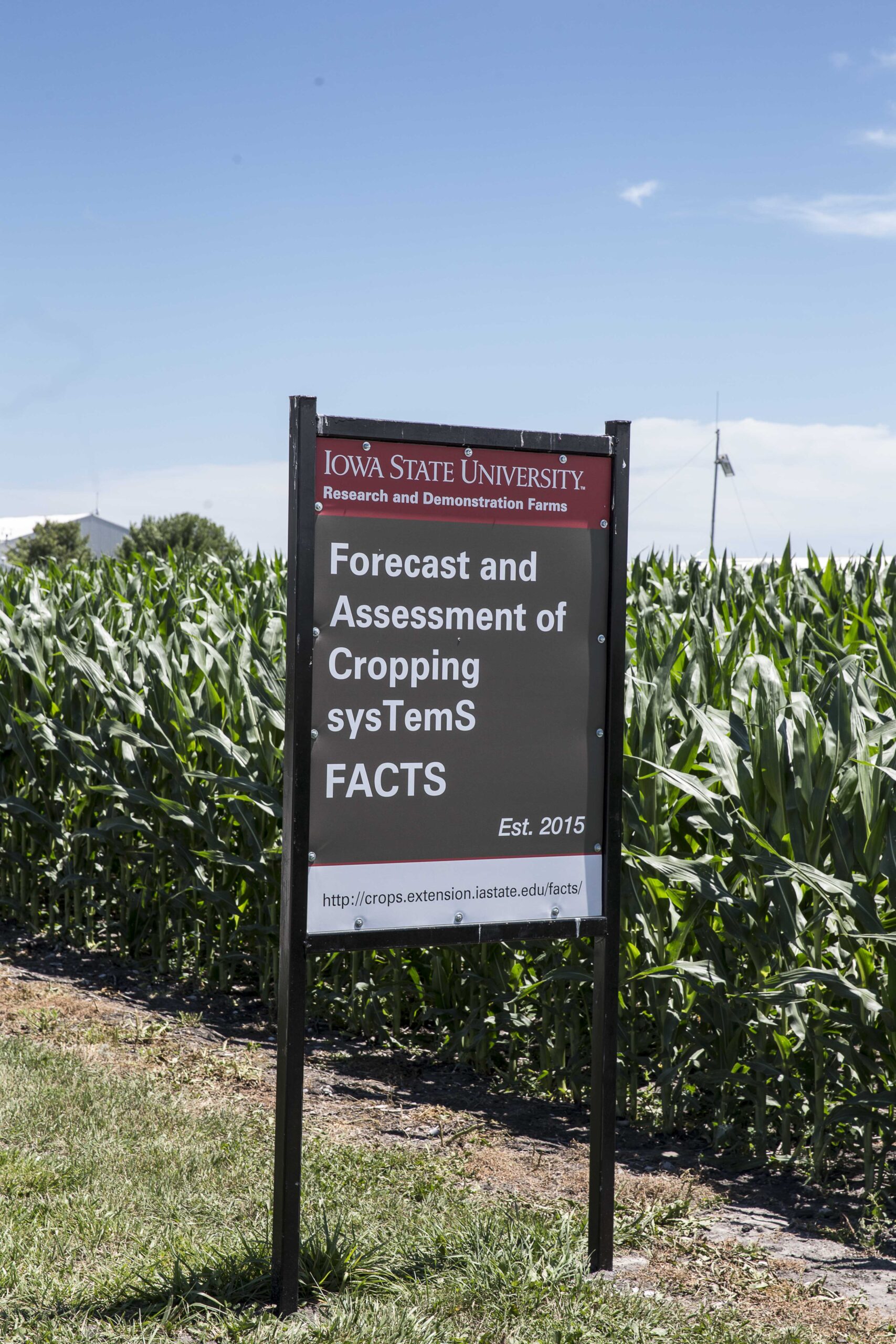Evaporation from the soil largely determines water availability in terrestrial ecosystems and the partitioning of solar radiation between sensible and latent heat. It is key to hydrology and climate. The evaporation process is complex, involving movement and phase change of water, varying with depth and time. Following water inputs, evaporation occurs at the soil surface, controlled by atmospheric demand. As surface soil water is depleted, evaporation becomes soillimited and shifts below the surface; nonetheless it is generally viewed as a strictly surface process. As a result, measurement methods and understanding of these near-surface phenomena have lagged behind demand for accurate data. Much current research emphasizes large-scale areal estimates of soil moisture and temperature, but poor understanding of the soil water evaporation process causes low accuracy in water and energy balances. This poor understanding is largely due to our current inability to make the needed measurements. The purpose of the proposed research is to develop and test a new approach to measure evaporation within the soil. Recently developed sensors and concepts enable us to quantify sensible heat transferred into and out of mm-scale near-surface soil layers, as well as the change in sensible heat stored within each layer. Combined with conservation of energy, these measurements can locally quantify subsurface evaporation, showing the temporal patterns of in situ evaporation. Laboratory experiments will measure soil thermal properties, water content, and water flux under a combination of 2 energy regimes, 3 surface conditions, and 3 soils. Calculated evaporative loss via heat balance will be compared to evaporation measured by mass balance. In the field experiments, independent measurements of evaporation and transpiration will allow rigorous testing of heat balance estimates of transpiration and soil water evaporation.
